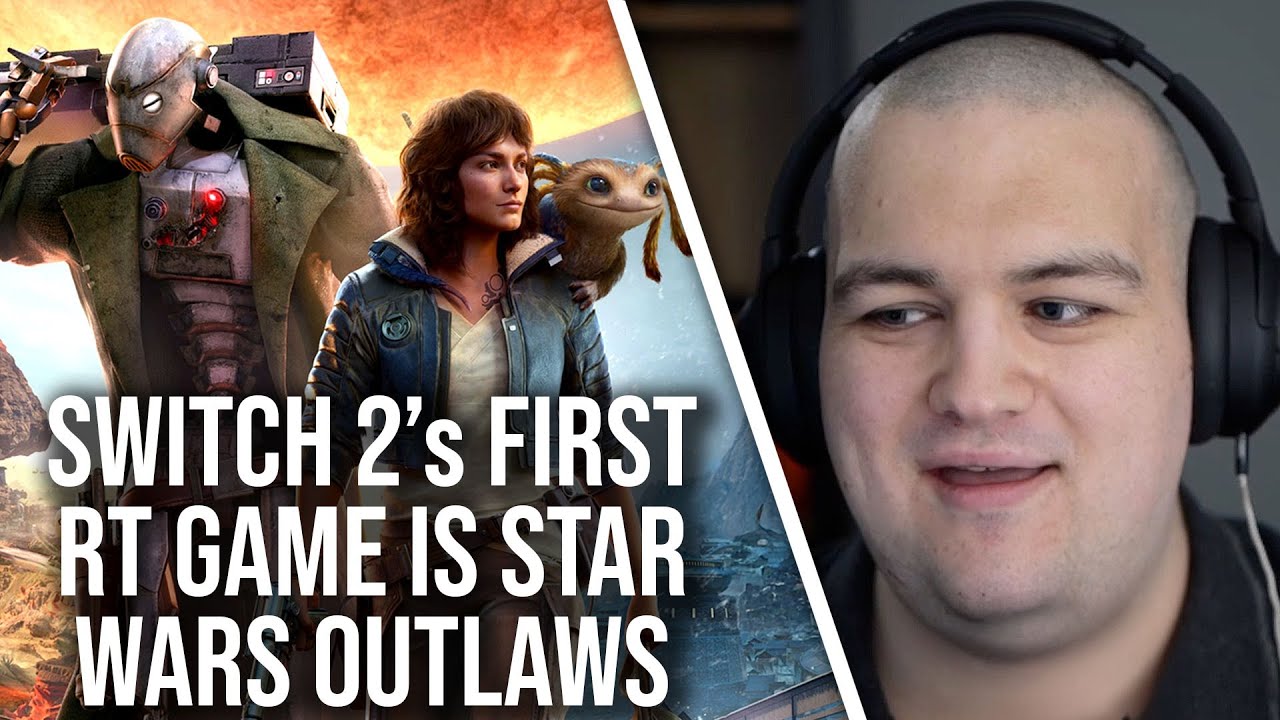Star Wars Outlaws on the Switch 2 features ray tracing effects similar to the Xbox Series S but with less stable lighting and noticeable noise, though it occasionally delivers better reflections and shadow details. Despite some reductions in visual fidelity and environmental detail, the Switch 2 version offers a competitive and impressive experience given its hardware limitations, balancing performance and graphics effectively.
Star Wars Outlaws on the Switch 2 retains its ray tracing effects, including ray traced diffuse global illumination (GI) which adds soft, believable bounce lighting to the environment. However, the lighting on Switch 2 tends to be less stable and exhibits a noticeable coarse noise compared to the Xbox Series S, which presents a cleaner and more stable lighting experience. This noise becomes particularly evident during camera movements, revealing bright, noisy holes in the ray traced GI on Switch 2, a flaw that is less prominent on Series S and mostly addressed on PC with advanced ray reconstruction techniques.
Despite these lighting stability issues, the Switch 2 version sometimes outperforms Series S in specific lighting details. For example, subtle shadows beneath emissive signs and sharper, more persistent reflections on metallic surfaces and objects are occasionally better rendered on Switch 2. Reflections on Switch 2 tend to be more detailed and less prone to screen-space limitations, showing clearer environmental reflections and fewer holes, while Series S often produces more diffuse and less distinct reflections.
The game’s overall visual fidelity on Switch 2 shows several cutbacks compared to Series S, including blurrier and blockier shadows, reduced volumetric lighting and fog effects, and less detailed environmental assets. Some environmental clutter, such as overhead cabling and wiring, is missing on Switch 2, and model details are generally simplified with blockier curves and softened textures. These reductions are more noticeable in open city areas and outdoor scenes, whereas mission areas and enclosed spaces maintain higher fidelity. Foliage density and NPC numbers are also slightly reduced, though these changes do not significantly impact gameplay.
In terms of resolution and image quality, Switch 2 runs the game using DLSS with dynamic resolution scaling (DRS), typically rendering at around 720p internally and outputting at 1440p when docked. Series S uses FSR and operates between 720p and 1080p internally with a 1440p output. Both platforms deliver sharp and stable images in static shots, though Series S exhibits better temporal stability on distant geometry. Switch 2 avoids some of the screen-space disocclusion issues seen on Series S, particularly around character models, but struggles more with alpha-tested grasses and hair rendering.
Overall, while Series S offers superior image quality with cleaner ray traced lighting and higher temporal coherence, Switch 2 provides a surprisingly competitive experience given its hardware constraints. The Switch 2 version makes notable concessions in asset detail and lighting stability but occasionally surpasses Series S in reflection quality and certain shadow details. The game remains visually impressive on the hybrid platform, balancing performance and graphical fidelity effectively despite the inherent limitations.
